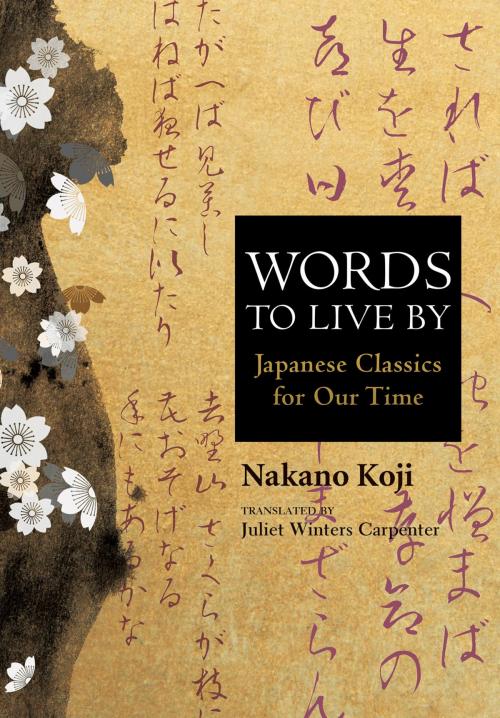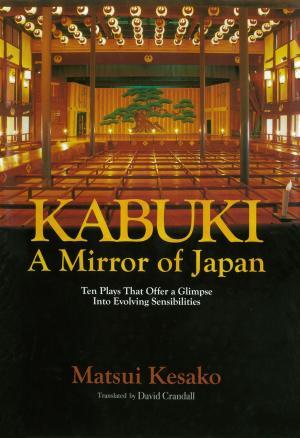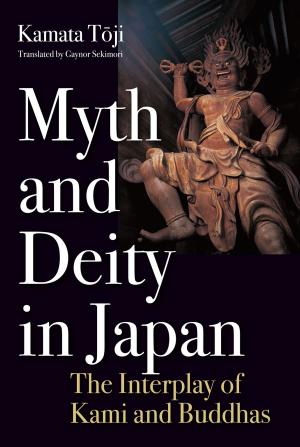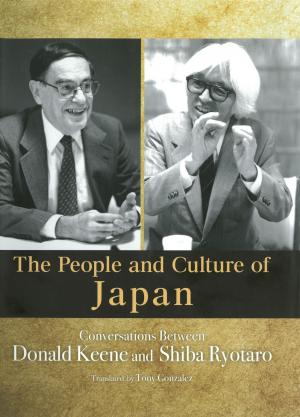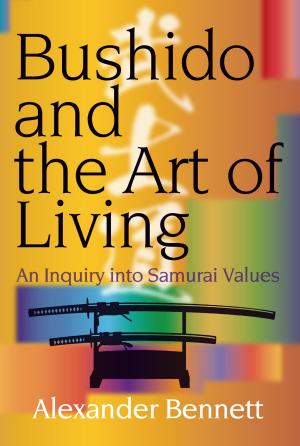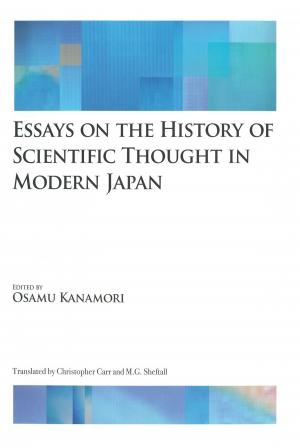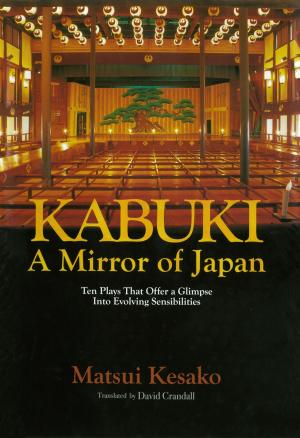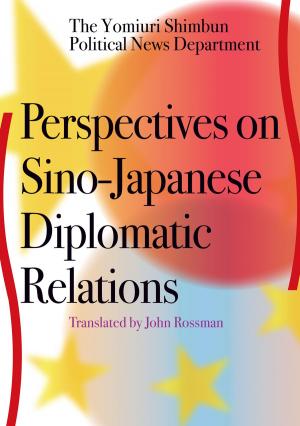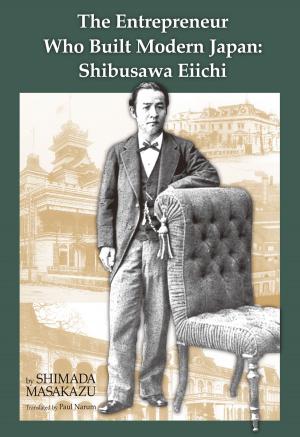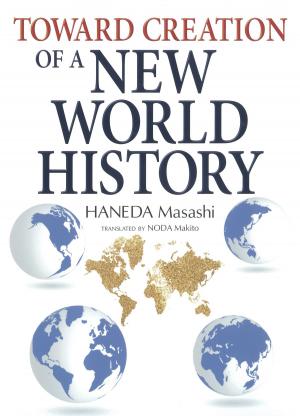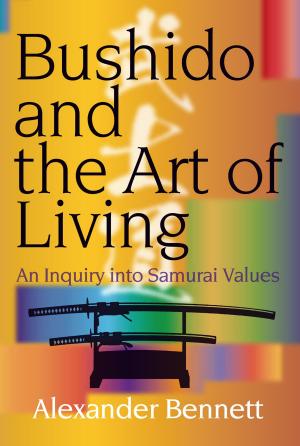| Author: | Koji NAKANO, Juliet Winters CARPENTER | ISBN: | 9784866580241 |
| Publisher: | Japan Publishing Industry Foundation for Culture | Publication: | March 30, 2017 |
| Imprint: | Japan Publishing Industry Foundation for Culture | Language: | English |
| Author: | Koji NAKANO, Juliet Winters CARPENTER |
| ISBN: | 9784866580241 |
| Publisher: | Japan Publishing Industry Foundation for Culture |
| Publication: | March 30, 2017 |
| Imprint: | Japan Publishing Industry Foundation for Culture |
| Language: | English |
Nakano Koji opens the door to the treasury of Japanese classics by introducing six writers who are his personal favorites. The writers under his lens span seven centuries, ranging from the twelfth century to the nineteenth. Three are poets; three wrote timeless prose. The hermit-monk Ryokan, a poet who loved nothing more than bouncing balls with neighborhood children or just sitting sprawled in his hut listening to the sound of rain, teaches the value of living with a spirit of play. Kenko offers trenchant comments on the aesthetics of life, grounded in an appreciation of the immediacy of death. Kamo no Chomei, a journalist par excellence, found happiness late in life by flouting convention and “rejoicing in the absence of grief.” Dogen, the founder of Soto Zen in Japan, takes us on a mind-bending trip to the Dharma―ultimate truth―that involves revolutionary ways of conceiving of time, life, and death. Saigyo, the beloved itinerant monk-poet, continually explores his own wayward heart and its vast, incorrigible love of beauty. Buson the haiku poet uses his painter’s eye to capture cosmic vistas as well as moments of poignancy in poems of seventeen syllables.
Nakano Koji opens the door to the treasury of Japanese classics by introducing six writers who are his personal favorites. The writers under his lens span seven centuries, ranging from the twelfth century to the nineteenth. Three are poets; three wrote timeless prose. The hermit-monk Ryokan, a poet who loved nothing more than bouncing balls with neighborhood children or just sitting sprawled in his hut listening to the sound of rain, teaches the value of living with a spirit of play. Kenko offers trenchant comments on the aesthetics of life, grounded in an appreciation of the immediacy of death. Kamo no Chomei, a journalist par excellence, found happiness late in life by flouting convention and “rejoicing in the absence of grief.” Dogen, the founder of Soto Zen in Japan, takes us on a mind-bending trip to the Dharma―ultimate truth―that involves revolutionary ways of conceiving of time, life, and death. Saigyo, the beloved itinerant monk-poet, continually explores his own wayward heart and its vast, incorrigible love of beauty. Buson the haiku poet uses his painter’s eye to capture cosmic vistas as well as moments of poignancy in poems of seventeen syllables.
